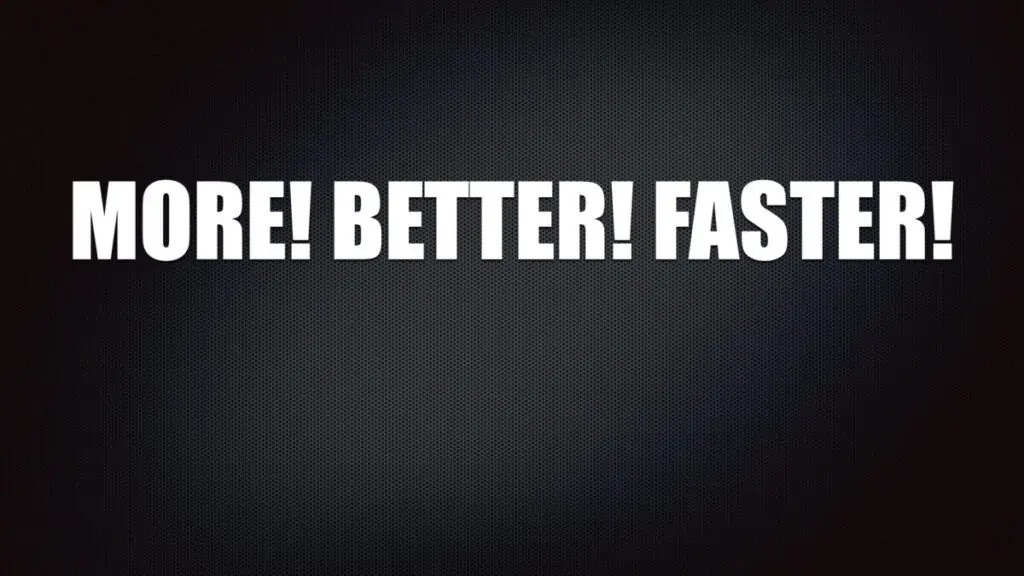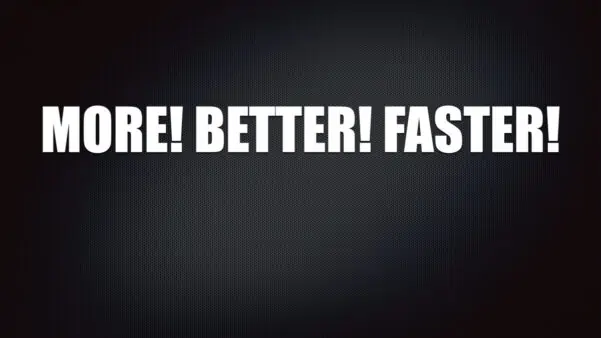When companies face disruptive change, what is needed to prevent old habits and traditions from getting in the way of progress? That’s a good question. Fortunately, history gives us hindsight into the topic, but my personal experiences are even better. So from being there and doing that, here’s how companies successfully respond to disruptive change in any industry.

Great Brands That Didn’t Make it
Companies that dominated their space only to collapse as they didn’t embrace and respond to disruptive change in time now litter history as defunct failures. Some defunct companies include Eastman Kodak, RCA Victor, DEC, Victory Motorcycles, Sears Roebuck, PanAm, TWA, Montgomery Wards, Woolworth, American Motors, Compaq Computer Corp, 3Com, Case Rixon, Ashton Tate, Lotus Development, etc. The list is very, very long, including just American companies. Thousands of defunct companies failed to see or effectively respond to imminent disruptive change.
Many Great Companies Figured Out How To Keep Dominating
You might look at the above list and wonder about examples of companies who have successfully navigated the treacherous waters of disruptive change. Many companies have managed to deal with sea changes and thrive. Some such as Hilton, Holiday Inn International, Apple Computer, IBM, United Airlines, Harley Davidson, Southwest Airlines, Ford Motor Co., and Microsoft continue to lead or dominate. So how did they do it?
Beyond Education and Industry Knowledge, Here’s What It Takes To Embrace Disruptive Change For The Win!
- It helps to have a strong CEO who can make callous decisions with relentless conviction, speed, and communication. The CEO may be a true visionary, but at the very least, they are very intelligent opportunists that tend to see patterns and connect macro-level dots well before most “normal” people. This CEO needs to wield tremendous influence and power and have the complete trust and backing of the Board of Directors, assuming one exists.
- It takes a solid and balanced core leadership team. A team with great advisors providing great information is needed to make critical decisions. By balanced, I mean complimentary personal traits or tendencies beyond just skills or personality. For example, Risk Aversion, Operational or make it happen, Relationship cultivator or Communicator, Opportunist or Visionary. In my experience, the previous four core management team attributes, at minimum, greatly improve chances for long term business success. Too much of any single one creates an harmful imbalance. For example, too much risk aversion at core management team level, likely results in too much indecision, slow response, analysis paralysis. Balance is very important. Of course most people possess a little of each of these characteristics, but one feature dominates the others normally.
- Culture is set by the core leadership too. What core management do and say is the example set for the rest of the organization. This is key and among the most important factors in moving a company quickly. The larger the company the more challenging it becomes to change the culture and focus to new compass direction.
- Communication. Excellent timely effective communication moves mountains. People respond very well when they are included in direction, status, and high level plans about “what WE are facing, and where WE are going. Too many times leaders tell Wall St, but they don’t tell their people! WTF! Our team are our greatest evangelists! Get them onboard, keep them informed, and magic happens.
- Buy in, or get out of the way. This is the brutal and difficult stage where the company must know they have at least a neutral commitment to changes ahead. There isn’t much of a window until it becomes necessary to identify harmful detractors and eliminate cancerous closet bureaucrats from the workforce. The higher up the management chain the more important it becomes to eliminate the deadwood.
- Time is of the essence. In my experience, six months is a key window for people to see and experience real change laid out by core management. Absent real meaningful indicators of action and success, people in the ranks begin to doubt, get disenchanted and begin to fall into old habits.
- Make some bold promises, but make damned sure the leadership keeps them at all cost. Everyone is paying attention.
- Help people to feel free to question the status quo or drastic strategies early without penalty in order they gain understanding. Getting people to march in step in the same direction is hard. Avoiding too many course adjustments helps change resistant people get comfortable. Many (most) people need structure and predictable stability in their day to day work and life. The organization as a whole should strive to help people understand their place in the big picture regardless of their job. It takes everybody.
Facing Disruptive Change Can Be Done
It takes outstanding leadership and a great team armed with great information.
I could go on and on with more points. Still, I believe this summarizes the most critical issues based on my personal experiences, including successful and now extinct companies in multiple industries.


